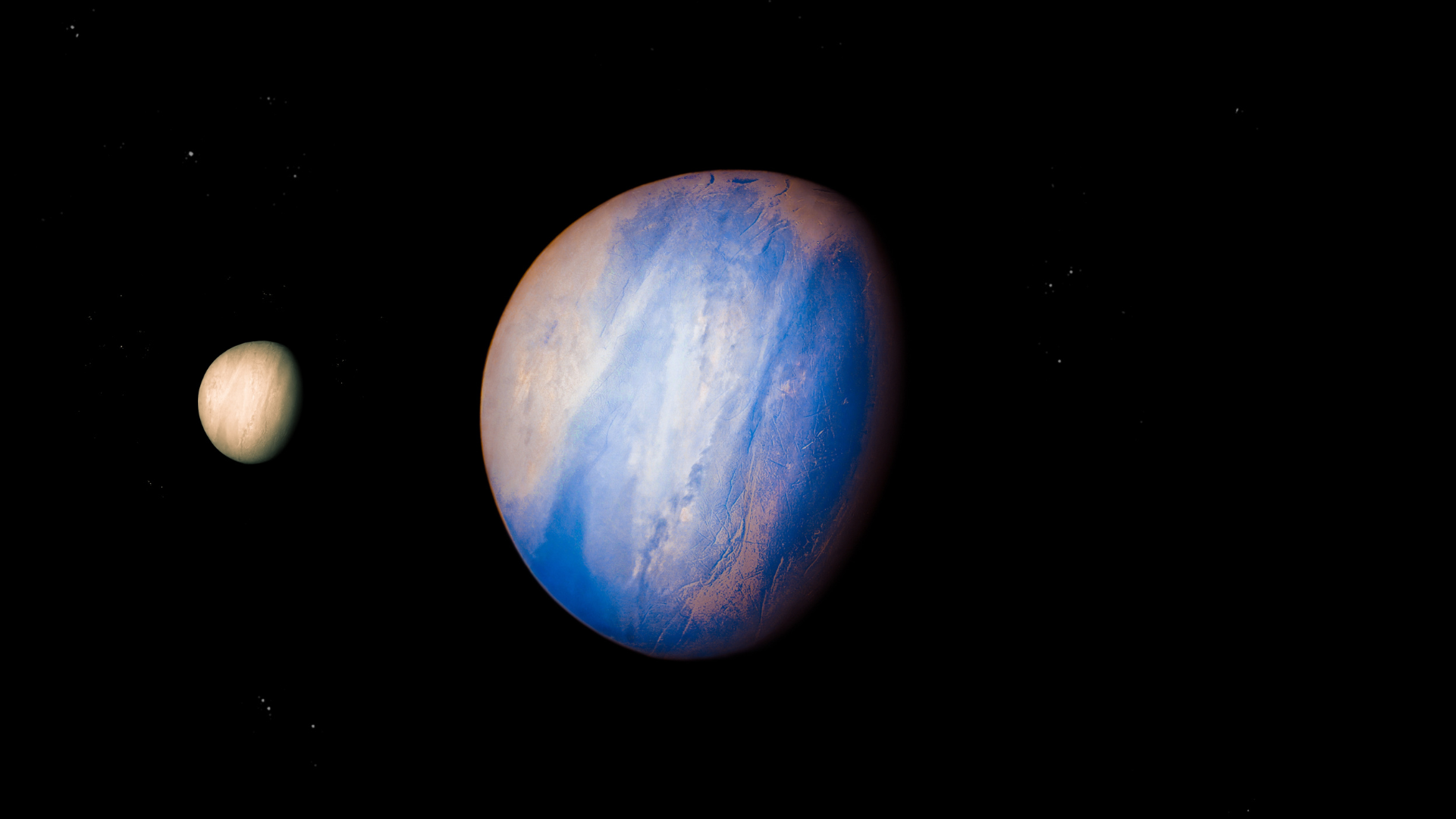Astronomers from the University of Warsaw, working with an international research team, have discovered that so-called cold super-Earths – rocky planets larger than Earth but smaller than Neptune, orbiting in distant orbits – are much more common in the Milky Way than previously thought. Analysis of data from the Optical Gravitational Lensing Experiment (OGLE) project indicates that every third system around stars in our galaxy may have such a planet.
Gravitational microlensing as a detection tool
Traditional methods of detecting exoplanets, such as observing transits or measuring radial velocities, are most effective for large planets orbiting close to their stars. However, to identify planets in distant orbits, scientists have used the phenomenon of gravitational microlensing. It occurs because the mass of an object (e.g., a star or planet) bends the fabric of space-time, which causes the light of the distant star to deflect and temporarily brighten. If the lens is a planet, this effect lasts from a few hours to a few days, making it possible to identify even small objects in distant orbits.
The OGLE project and its achievements
The OGLE project, conducted since 1992 by the Astronomical Observatory of the University of Warsaw under the leadership of Professor Andrzej Udalski, plays a key role in the study of gravitational microlensing. Thanks to it, many exoplanets have been discovered, including super-Earths in distant orbits. In 2016, the OGLE-2016-BLG-0007 phenomenon was recorded, leading to the discovery of a planet with a mass comparable to Earth, orbiting at a distance of 1.5 billion kilometers from its host star – farther than Saturn’s orbit in our solar system.
Significance of discoveries for astronomy
Discoveries made thanks to the OGLE project indicate that our Solar System, devoid of super-Earths in further orbits, may be the exception rather than the rule. It is estimated that there may be as many as 35 billion super-Earths in the Milky Way. This opens new perspectives in the search for potentially habitable planets and in understanding the formation processes of planetary systems.
Sources: Uniwersytet Warszawski, Urania – Postępy Astronomii, Gazeta.pl








